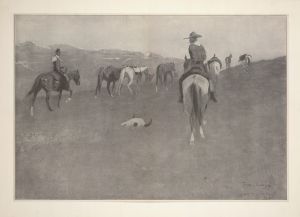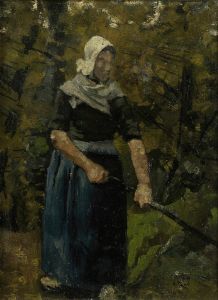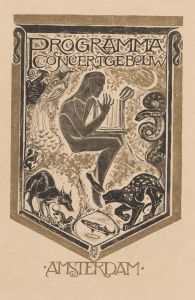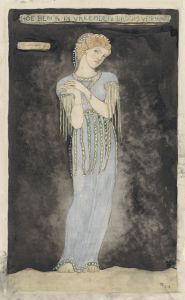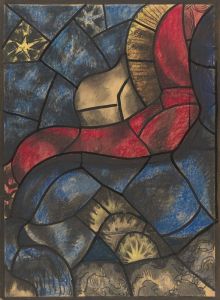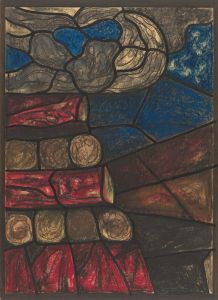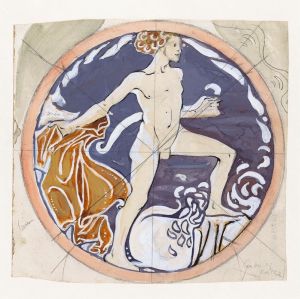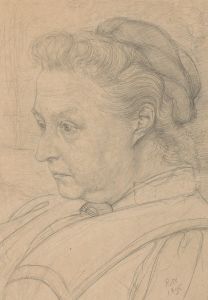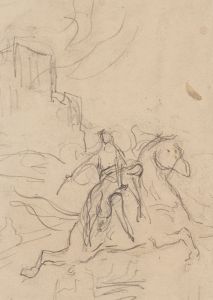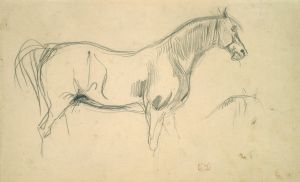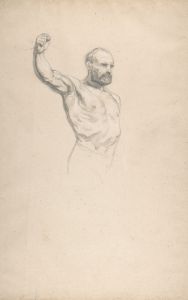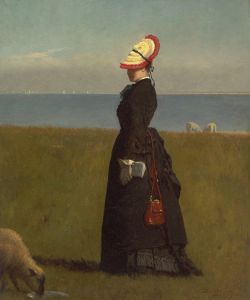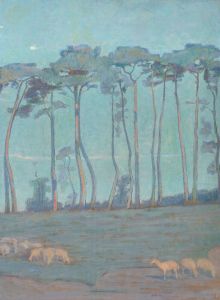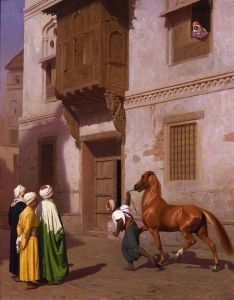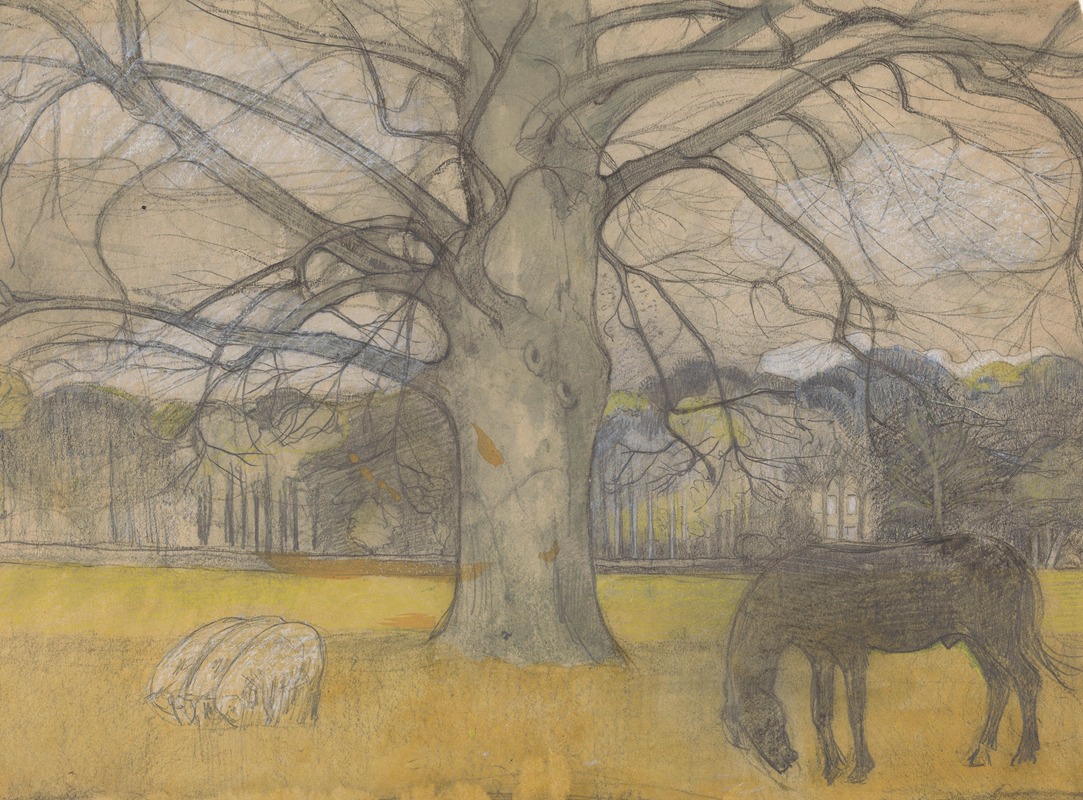
Kale beuk op een weide met schapen en een paard
A hand-painted replica of Richard Nicolaüs Roland Holst’s masterpiece Kale beuk op een weide met schapen en een paard, meticulously crafted by professional artists to capture the true essence of the original. Each piece is created with museum-quality canvas and rare mineral pigments, carefully painted by experienced artists with delicate brushstrokes and rich, layered colors to perfectly recreate the texture of the original artwork. Unlike machine-printed reproductions, this hand-painted version brings the painting to life, infused with the artist’s emotions and skill in every stroke. Whether for personal collection or home decoration, it instantly elevates the artistic atmosphere of any space.
Richard Nicolaüs Roland Holst (1868–1938) was a Dutch painter, designer, and writer associated with the Symbolist movement. He is known for his contributions to the arts and crafts movement in the Netherlands and for his work in various artistic disciplines, including murals, book illustrations, and easel paintings. One of his works, Kale beuk op een weide met schapen en een paard (translated as Bare Beech Tree in a Meadow with Sheep and a Horse), reflects his interest in nature and rural life, themes that were often present in his art.
The painting depicts a serene rural scene featuring a bare beech tree standing prominently in a meadow. Surrounding the tree are sheep and a horse, which add a pastoral charm to the composition. The work is characterized by its subdued color palette and attention to detail, which are hallmarks of Roland Holst's style. His approach often combined naturalistic elements with a sense of poetic symbolism, aiming to evoke a deeper emotional or spiritual resonance.
Roland Holst was deeply influenced by the social and artistic ideals of his time. He was a proponent of the idea that art should serve a higher purpose and contribute to society. This belief is reflected in his work, which often sought to capture the harmony between humanity and nature. While Kale beuk op een weide met schapen en een paard is not among his most famous works, it exemplifies his dedication to depicting the beauty and simplicity of rural landscapes.
The exact date of the painting's creation is not widely documented, but it is consistent with the themes and style Roland Holst explored throughout his career. His works often drew inspiration from the Dutch countryside, and he was known for his ability to convey the quiet dignity of natural settings.
Roland Holst was married to the poet and socialist Henriette Roland Holst, and the couple shared a commitment to progressive social ideals. This connection to broader cultural and political movements of the time influenced his artistic philosophy, though his landscapes, such as this one, tend to focus more on aesthetic and symbolic qualities rather than overt political messages.
The painting is part of Roland Holst's broader body of work, which has been preserved in various collections and institutions. However, specific details about the current location or ownership of Kale beuk op een weide met schapen en een paard are not readily available in public records.
In summary, Kale beuk op een weide met schapen en een paard is a representative example of Richard Nicolaüs Roland Holst's artistic vision, showcasing his ability to blend naturalistic detail with a sense of poetic symbolism. The work reflects his deep appreciation for the Dutch landscape and his broader artistic ideals.





